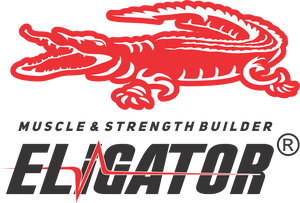Introduction
In the quest for fitness and peak performance, rest days have long been considered sacrosanct. Traditional wisdom suggests that taking a complete break from exercise is essential for muscle recovery and growth. However, a growing body of research and expert opinion is beginning to challenge this notion. Enter active recovery—a method that might just hold the key to faster gains and improved overall fitness. In this blog, we will delve into the concept of active recovery, explore its benefits, and discuss how you can incorporate it into your fitness routine.
Understanding Active Recovery
Active recovery involves engaging in low-intensity exercise during what would traditionally be a rest day. This could include activities like light jogging, swimming, yoga, or even a leisurely bike ride. The goal is to keep the body moving without exerting it to the point of fatigue. The theory behind active recovery is that by staying active, you can promote blood flow, reduce muscle stiffness, and accelerate the removal of metabolic waste products from muscles, thereby aiding recovery.
Benefits of Active Recovery
-
Enhanced Blood Circulation: Engaging in light exercise helps maintain steady blood flow to muscles. This increased circulation brings more oxygen and nutrients to muscle tissues, which can help repair and rebuild them more efficiently.
-
Reduced Muscle Soreness: Active recovery can help decrease delayed onset muscle soreness (DOMS). Gentle movement encourages the removal of lactic acid and other byproducts of intense exercise, reducing muscle stiffness and pain.
-
Improved Flexibility and Mobility: Activities like yoga and stretching can enhance flexibility and joint mobility. This not only aids in recovery but also improves performance during regular workouts.
-
Mental Health Benefits: Staying active, even on rest days, can have significant mental health benefits. Exercise releases endorphins, which can improve mood and reduce stress. Light activities can also provide a mental break from the intensity of regular workouts.
Implementing Active Recovery
Incorporating active recovery into your fitness routine doesn't have to be complicated. Here are some practical tips to get you started:
-
Choose Low-Intensity Activities: The key to effective active recovery is to keep the intensity low. Activities should be gentle and not strain your muscles. Walking, light cycling, and gentle yoga are excellent choices.
-
Listen to Your Body: Pay attention to how your body feels. If you experience significant pain or discomfort, it might be best to take a complete rest day or consult a healthcare professional.
-
Mix It Up: Variety is crucial. Try different activities to keep things interesting and target different muscle groups. This can also prevent boredom and maintain motivation.
-
Stay Hydrated and Nourished: Proper hydration and nutrition play a critical role in recovery. Ensure you drink plenty of water and consume a balanced diet rich in protein, healthy fats, and carbohydrates.
Conclusion
While traditional rest days have their place in a well-rounded fitness program, active recovery offers a compelling alternative that can enhance recovery and improve overall fitness. By incorporating low-intensity activities into your routine, you can keep your body moving, reduce muscle soreness, and potentially speed up your gains. As with any fitness strategy, it's essential to listen to your body and adjust based on your individual needs and goals.




Receive the Blog via Email Daily
Please fill out the form below and we’ll get back to you within 24 hours.




















